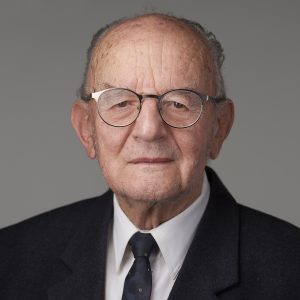Facts
The claimant is the owner of the device mark SATEL No.764 044 registered in class 9. The defendant registered the domain ‘satel.hu’. Both parties are active on the market of information security. The claimant sued the defendant for trademark infringement. The Metropolitan Tribunal suspended the case considering the procedure before the Hungarian Intellectual Property Office (HIPO) where the defendant requested cancellation of claimant’s mark. The claimant referred to acquiescence in this procedure. The defendant withdrew his request of cancellation, as acquiescence can be stated in favour of the claimant. The Office ceased the cancellation procedure.
After that the Tribunal rejected the claim as Sec. 17(1) of the Trademark Act provides that if the trademark owner tolerated running the use of his mark for 5 years, it constitutes acquiescence. The claimant was aware of the use of the domain by the defendant. The use was realised in relation to the goods indicated in the trademark register of the claimant. The Court stated that before the priority date of the claimant’s mark the defendant used the attacked domain name without registration. As both parties are producing identical or similar goods, the claimant ought to have known about the use of the said domain by the defendant.
The claimant filed an appeal with the Metropolitan Court of Appeal against the judgement of the Tribunal. Then the Metropolitan Court changed the judgement of the first instance and the defendant was convicted of trademark infringement. The Court of Appeal held that acquiescence can be referred to only if the signs are identical.
The claimant filed an appeal with the Metropolitan Court of Appeal and it was successful. The Court changed the judgement of Tribunal and condemned the defendant for trademark infringement. The Court stated that the facts were correctly established by the Tribunal but the application of the law was erroneous, since Sec.5 (2)(a) of the trademark act mentions identical signs rather than similar signs. As a result the exceptional provision of Sec. 17 of the Trademark Act on acquiescence should not have been applied.
The defendant requested revision by the Supreme Court. It was granted and the Supreme Court changed the judgement of the Court in the second instance. In its judgement the Supreme Court said that the interpretation of Sec. 5(2)(a) by the Court of Appeal was not correct as one cannot conclude from this provision that identity of the conflicting signs can be required. Therefore application of Sec.17 on acquiescence cannot be excluded and this provision adopted by the Trademark Act in the frames of harmonisation with the EU Law is to be applied ( Pfv. IV. 21. 187/211)
Comments
After Hungary signed a declaration on accession to the European Community, the legislation started to harmonise several laws with the EU directives. That was the situation when the present Trademark Act (1977) was drafted, precisely when the rules on acquiescence were adopted.
It is not surprising that the learned judges of the Metropolitan Court of Appeal and those of the Supreme Court interpreted some words of the Trademark Act in a different way.
It is not our task to judge which of the two different views is more convincing. The old sentence Roma locuta causa finite is applicable in this respect too. The interpretation of the Supreme Court is leading for further cases.
I dare to mention that this interpretation is also favourable for trade mark owners and so far it is also in conformity with the rule of ratio legis.
In-house Counsel
Doctor of the Hungarian Academy of Sciences
Partner







